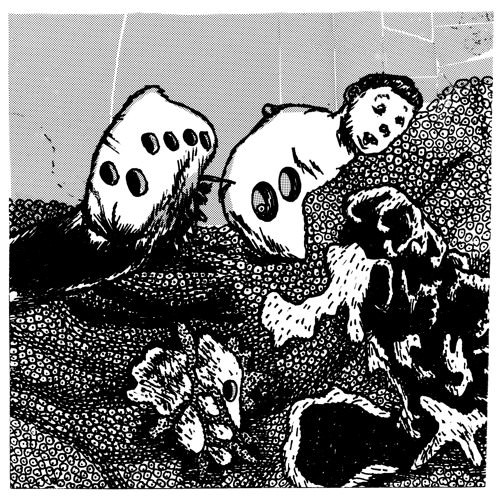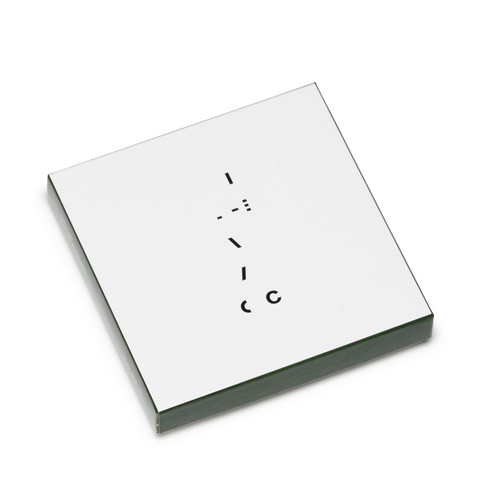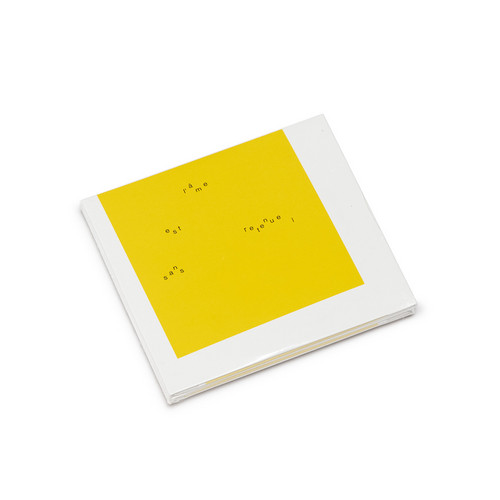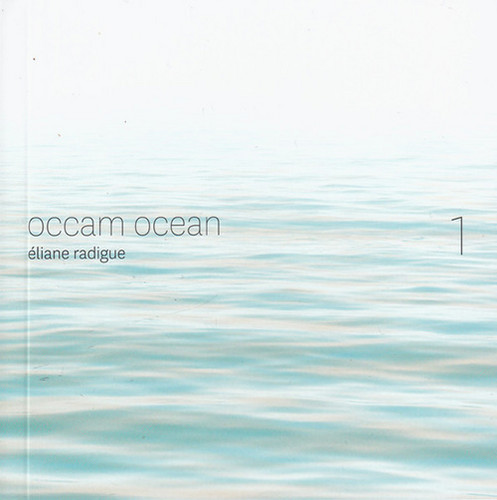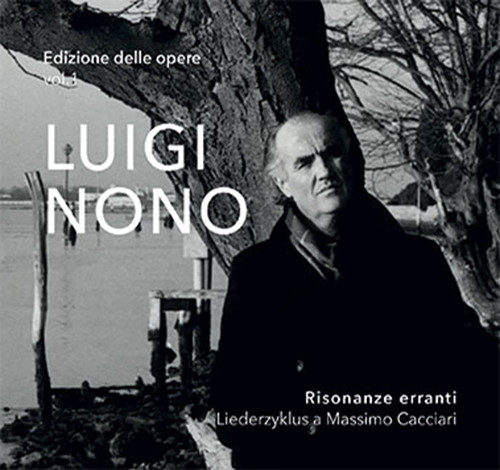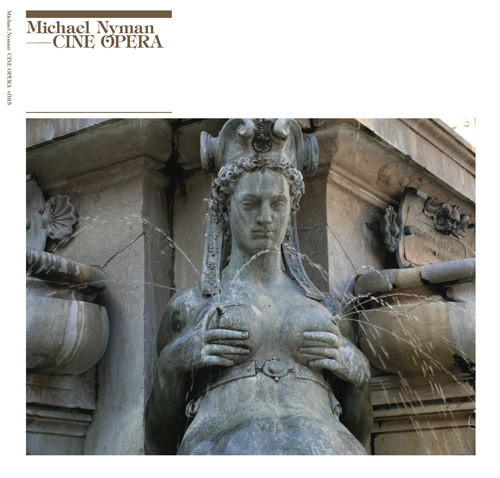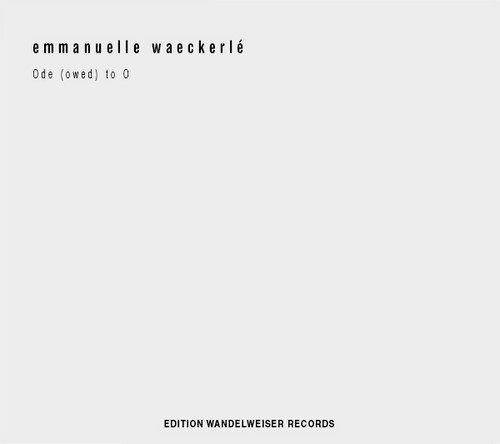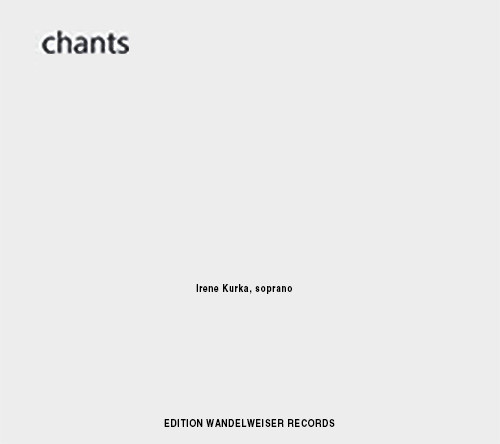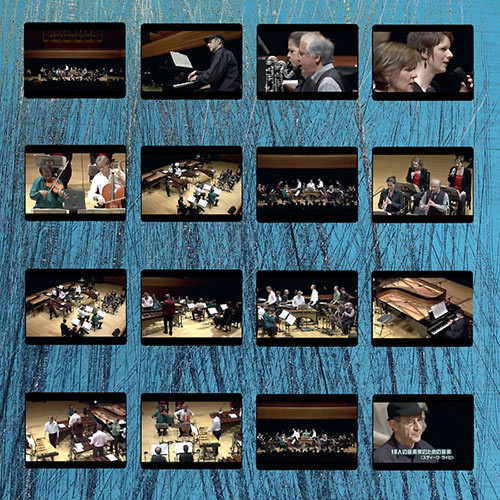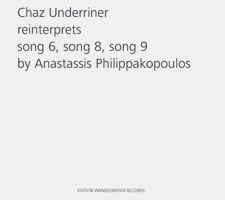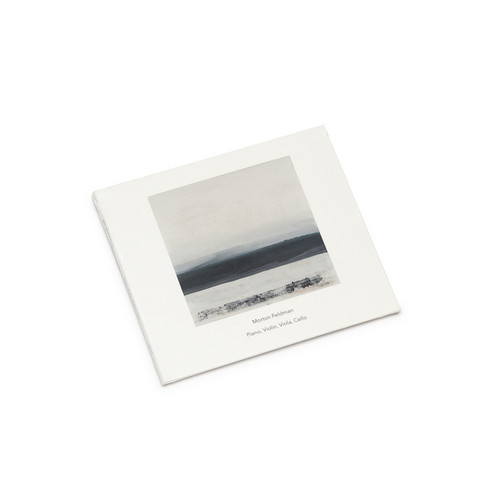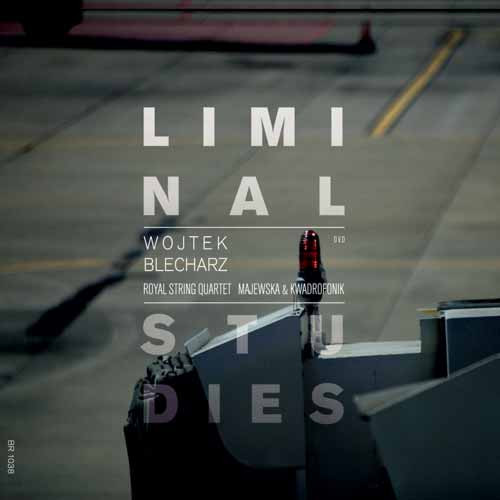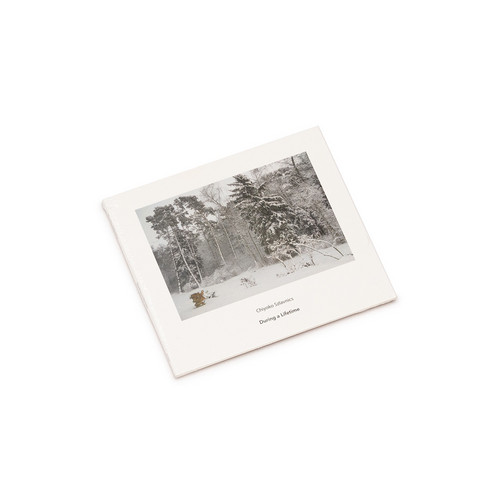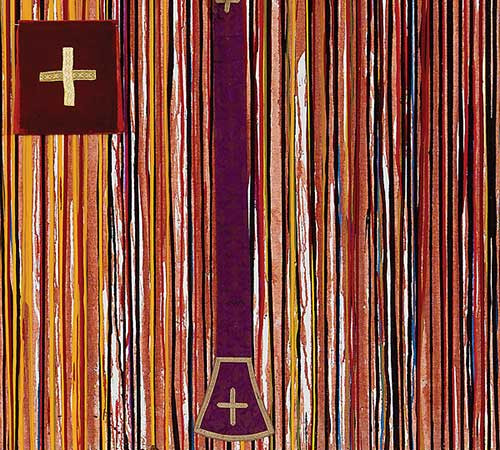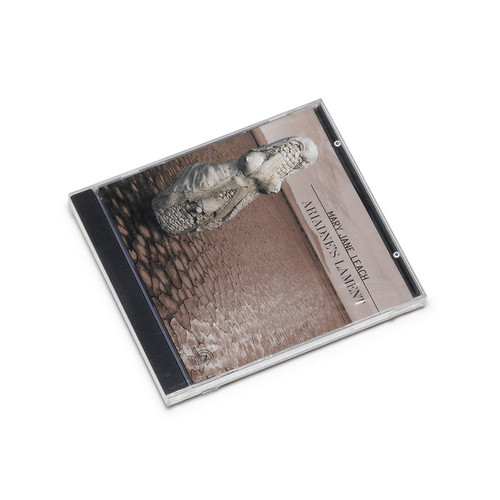17 Stücke
Helmut Kaplan is multimedia artist that belongs to distinctive art scene of styrian capital of Graz. His medium of expression belongs to visual arts (mostly comic), as part of Tonto association, which once included legendary record label with artists that are already seen on GOD roster (Robert Lepenik, Winfried Ritsch, Kauders, Bernhard Lang, Peter Ablinger). He was part of bands like Fleischpost and skin and since middle '90s he is interested in different loop structures through different med…
Klang Der Wandlungen
From the liner notes by Jakob Ullmann (translated by Peter Gebert and Molly McDolan): "It was during a break in the inaugural meeting of the East German section of the IGNM (International Society for Contemporary Music) in March of 1990 when Reinhard Oehlschlägel, the long-standing music editor of Deutschlandfunk in Cologne, suggested taking advantage of the fact that John Cage was to attend the summer courses in Darmstadt as a special guest by inviting John Cage to East Berlin. . . . Making Gia…
L'âme Est Sans Retenue I
Swiss composer Jürg Frey's six hour long electronic tape piece L'àme Est Sans Retenue I was recorded and assembled in 1997/98 and is now being released for the first time. It is the longest piece Frey has ever composed in his over 40 year career.In this piece, Frey utilized the sounds of field recordings he made in Berlin in 1997 as the source materials, alternately inserted between long stretches of silence. Frey was particularly focusing around that time on how the dynamic relation between sou…
Occam Ocean Vol. 1
**Mindblowing edition, comes with a 40 page booklet** What can be said about Éliane Radigue? International treasure? Sonic saint? The most important composer living today? Even these grand designations fall short of doing the composer the justice she deserves. Born in 1932, beginning her life in music in Paris during the late 1950 and early 60’s, working under Pierre Schaeffer and Pierre Henry, for more than half a century she has carved a singular path in sound, sculpting one of the most astoni…
Risonanze Erranti
*Super Audio CD* The poetic significance of Luigi Nono's Risonanze Erranti (1985-87) should be interpreted in the light of the reflections developed since the summer of 1975 with the venetian friend and philosopher massimo cacciari, to whom the work is dedicated.after Al Gran Sole carico d'amore (in the bright sunshine heavy with love) (1972-74) nono, obsessed by a sense of anguish owed to his solitude and his activism frustrated by the stagnation of italian music institutions, felt the need to …
And On The Seventh Day Petals Fell In Petaluma
The history of American avant-garde music is a snarled knot, twisting through the decades, spanning genre, practice, and approach. Most narratives plant its origins within the post-war period, orbiting around John Cage, Morton Feldman, and those artists springing from the movements of Fluxus and free-jazz. American creative innovation issued unquestionable influence over the later half of 20th century, but the root of its radicalism was earlier, with its origins often misplaced. Rather growing f…
Cine Opera
Limited edition of 500 copies worldwide, each hand-signed and individually numbered by Michael Nyman. Cine Opera represents Michael Nyman at a creative peak, bringing together the old and the new, a powerful statement on the timeless nature of his work, his continuing relevance, and his enduring success in multiple artistic fields. La Traversée de Paris was first commissioned in 1989 to mark France’s bi-centennial celebrations. Nyman continued to use tracks from La Traversée de Paris in other pr…
Ode (owed) to O
2017 release **
Reading (Story of) O brings together (Story of) O a graphic and semantic reworking of the original story (English and French words coexisting on the page) accompanied by two fictional texts (Story of) A and (Story of) E, and Reading O, a few simple strategies and choices for reading—alone or with others, in private or to an audience, so that you may find your way through it as through you own story. This is the first collective reading in English and French with 9 readers, it la…
Chants
This really is a special one. Solo voice carries so many connotations, of speech, of song, of chant, of prayer. It’s the most directly human, personal, unmediated instrument of all. It’s the way we speak to each other, comfort each other, entertain ourselves, reassure ourselves, talk to our gods. Kurka’s singing throughout is quite extraordinary: so refined, balanced, unadorned and controlled. Absolutely nothing is wasted or unnecessary.
Antoine Beuger Christopher Fox Eva-Maria Houben Th…
Music For 18 Musicians: Tokyo Opera City, Tokyo, Japan, May 21st
A stunning version of Steve Reich's masterpiece of musical minimalism Music For 18 Musicians (1974-1976), performed live at Tokyo Opera House in 2008 by Ensemble Modern and Synergy Vocals, featuring the composer as guest performer. LP housed in a deluxe die cut jacket with printed insert. In the 1960s, with Terry Riley and Philip Glass, Reich gave pulse back to experimental music. He discovered the tape-based techniques of looping and phasing, using recordings of fragments of speech, and then mo…
Chaz Underriner Reinterprets Anastassis Philippakopoulos
2015 release **
"The pieces by Anastassis Philippakopoulos that guitarist Chaz Underriner "reinterprets" here were written for instruments other than his own: flute (Song 6, which Wandelweiser Editions published earlier under the composer's name on Songs And Piano Pieces), string section (Song 8, which Underriner performs with three other guitarists: Armin Abdihodzic, Greg Dixon, and Robert Trusko), and bass clarinet (Song 9). Three songs that follow one another discreetly, moving slightly unde…
Berlin Exercises
Christian Wolff on Berlin Exercises: "'Exercise' indicates relatively shorter pieces in which the process of work, of practicing and of trying things out within specified limits, in short a kind of discipline in process, are being attempted. I regard them as both exercises in composing and for performers, especially as the performers function as members of an ensemble." Your first encounter with the music of Christian Wolff leaves you with the impression you’ve just heard (or played, or re…
Piano, Violin, Viola, Cello
Piano, Violin, Viola, Cello marks the culmination of Morton Feldman’s late chamber writing, recorded at Henry Wood Hall in London in 2017 by a quartet comprised of Mark Knoop (piano), Aisha Orazbayeva (violin), Bridget Carey (viola), and Anton Lukoszevieze (cello). The composition, premiered in 1987, unspools over seventy-five minutes as an unhurried expanse - a landscape where micro-variations bring fragile changes within near-stasis, and the weight of each chord, sustain, and silence is palpab…
Liminal Studies
Wojciech Blecharz is somewhat an exhibitionist. An emotional one, of course. With his music, he doesn’t create a vision of the contemporary world burdened with disasters, being neither a “digital indigent” nor a fan of algorithmic passages. He’s not even recognized as a political rebel who discloses his outlook on life between the notes. In the centre of his interest remains what’s closest to him – the human psychological condition in the context of experiencing crises and break-ups, trauma…
Harmony
With Harmony, Berlin-based Canadian composer Marc Sabat presents three substantial pieces for strings, performed by Jack Quartet - Ari Streisfeld and Christopher Otto (violins), John Pickford Richards (viola), and Kevin McFarland (cello) - with appearances by Christopher Otto (violin) and Kevin McFarland (cello) in a duo. Sabat’s oeuvre stands at the forefront of contemporary explorations of pitch and tuning, weaving rigorous systems of just intonation into scores that privilege sensitivity, lyr…
During a Lifetime
During a Lifetime stands as a portrait of Toronto-born, Berlin-based composer Chiyoko Szlavnics, commissioning three major pieces: “During a Lifetime” (2015), “Freehand Poitras” (2008), and “Reservoir” (2006). Szlavnics’s music is marked by tender asceticism and an immersive approach to process - her scores privilege long sustained notes, slow pitch glissandi, and luminous combinations of sinewaves with wind and string ensembles.
The title piece features Konus Quartett (four saxophones) entwined…
Drifter
Drifter marks the beginning of Another Timbre’s Canadian Composers Series, assembling ten pieces from Linda Catlin Smith dating from 1995 to 2015. The album is a crossroads of chamber color, poised restraint, and poetic clarity - performed by members of Apartment House and Montreal’s Quatuor Bozzini in a spirit of intimate collaboration. Smith’s writing privileges patient melody and delicate counterpoint, bridging tough compositional rigor with textures of shimmering mystery.
The double disc jou…
Streichquartett in 4 Sätzen
Recording of the first performance of the original 60 minute version of this new composition for string quartet in 4 parts. Recorded at the Hermann Nitsch Foundation, Vienna, 2016. Fullcolour 6-panel digipak. Edition of 300 copies.
Subvoice
Subvoice is a collection of nine recent works by composer Yannis Kyriakides for various ensembles ranging from single instrument to large orchestra, that represent an investigation into ideas of voice and language. The music is built on traces of voices and texts that seem to speak or sing in an intimate form of dialogue, either as text that is directly encoded into music, or in traces of voice that are embedded and dissolved into the musical fabric. Performers on this double CD include: MAZE, H…
Ariadne's Lament
Mary Jane Leach (b 1949) explores the physicality of sound, working very carefully with the timbres of instruments, creating combination, difference, and interference tones. The use of sound phenomena, however, is only a means to an end, the ultimate goal being musicality.
Early music, with its imitative polyphony and modal harmonies, is the primary source of inspiration for the compositions on this disc, four of which are part of an ongoing project focusing on the myth of Ariadne-Ariadnes Lam…
